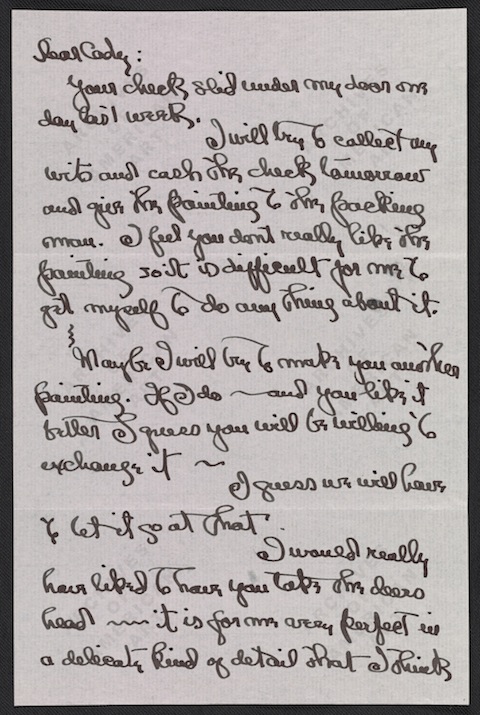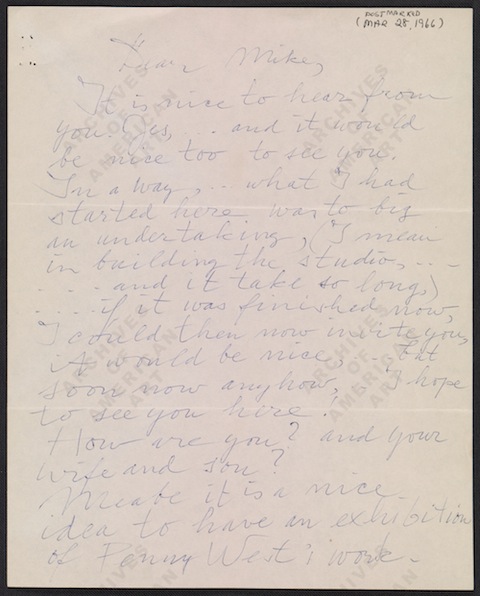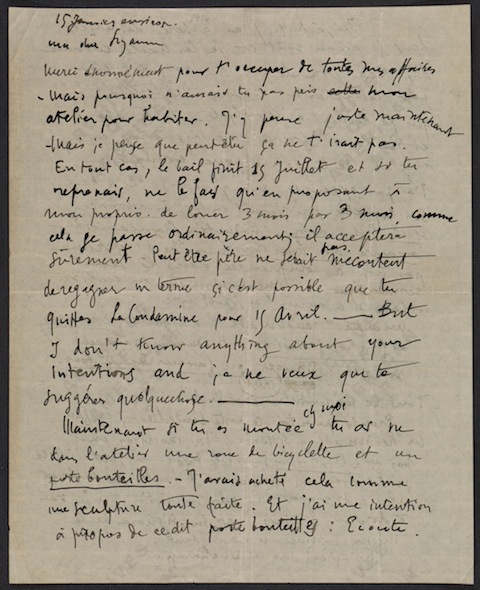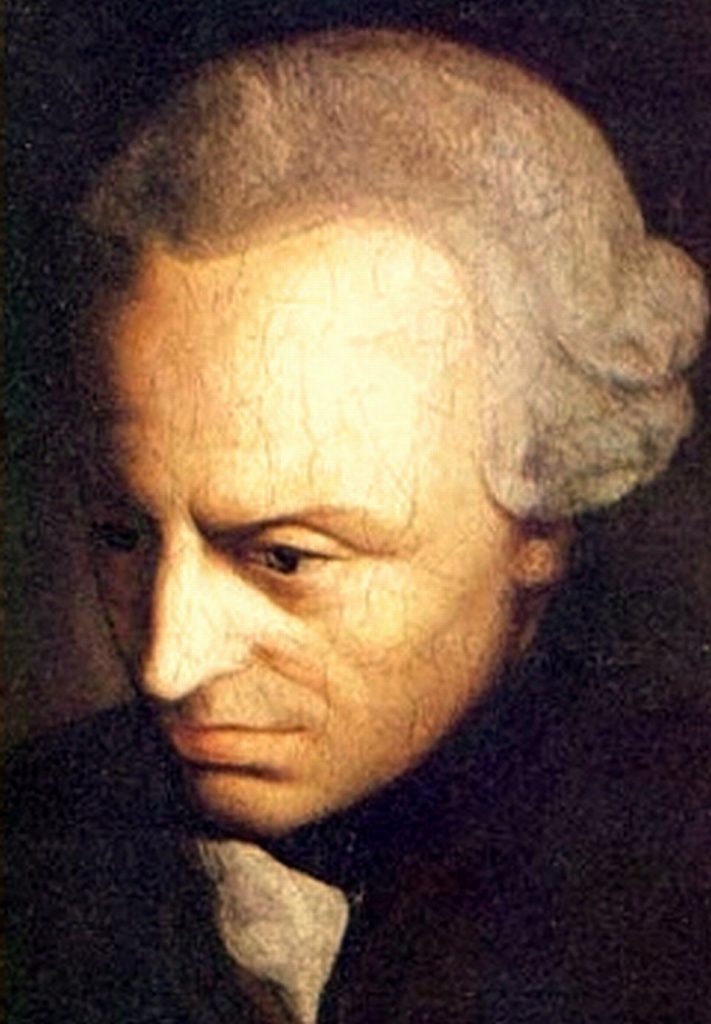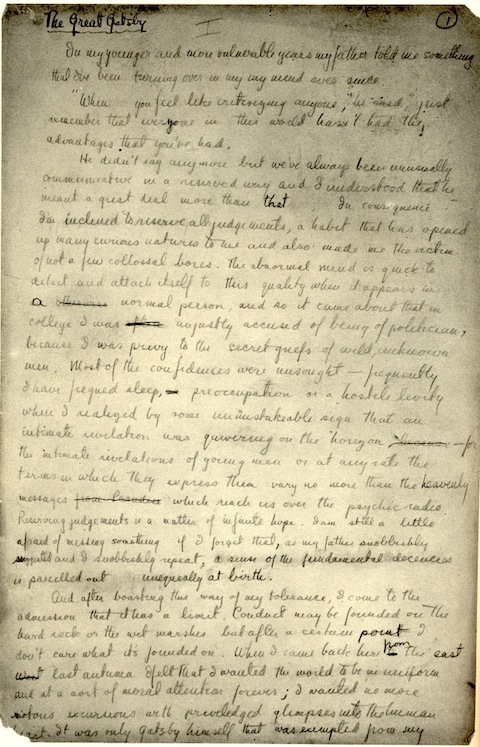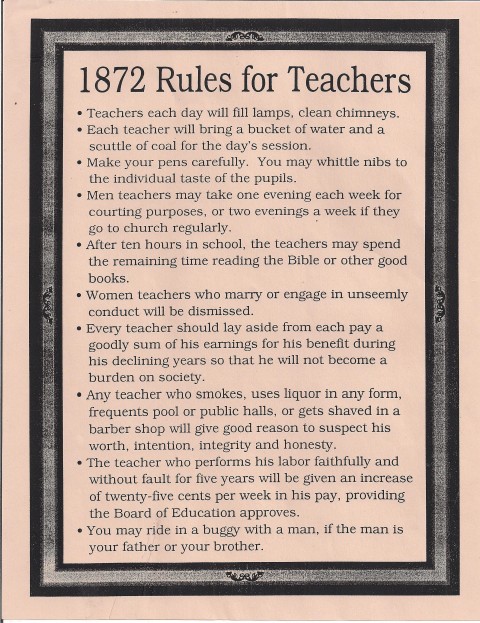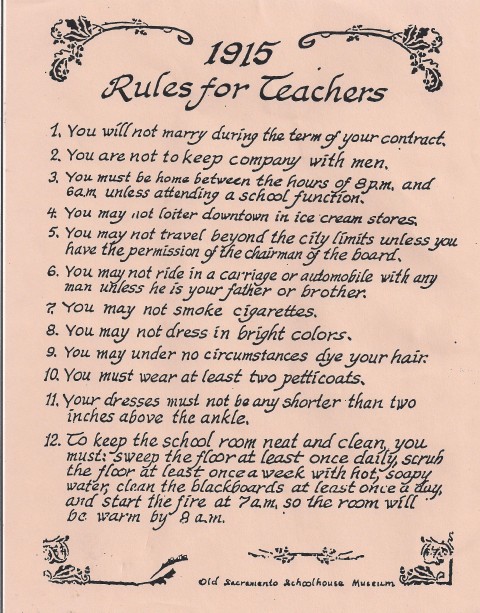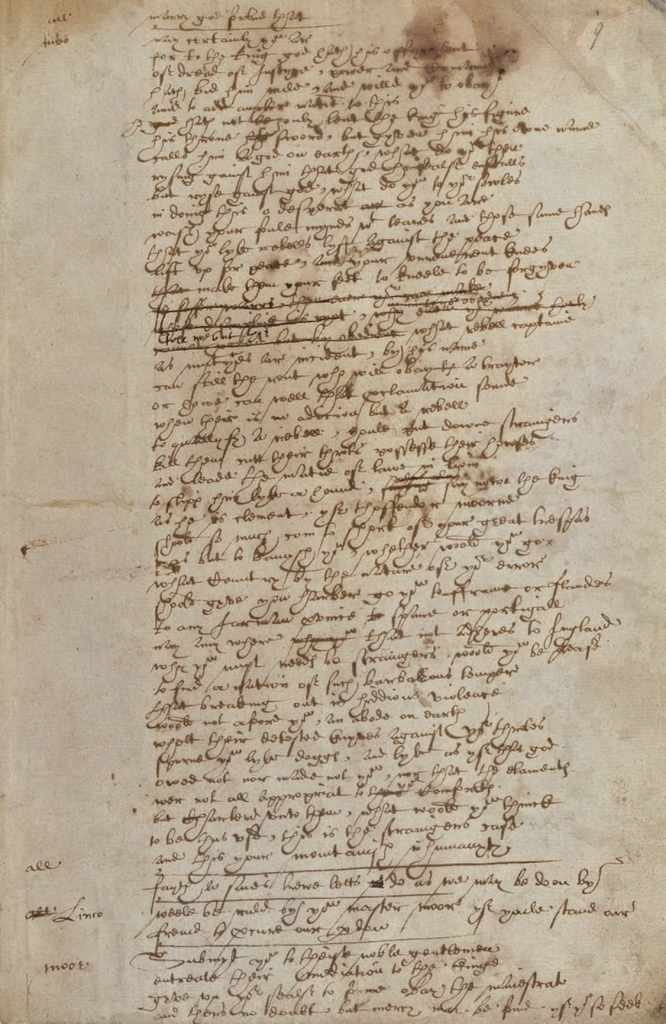Gregory Corso was kind of the Joey Bishop of the Beats—a member of the inner circle of Kerouac, Burroughs, and Ginsberg, but never quite achieving their degree of notoriety. Nevertheless, he outlived them all, and he was also arguably the biggest comedian in a group of inveterate pranksters (see him crack up an interviewer in this clip). A streetwise Greenwich Village kid, Corso learned his craft on the streets of Little Italy, and briefly in a psych ward and a prison cell, as much as in Harvard classes and the San Francisco poetry scene, where he relocated along with Allen Ginsberg in 1955, arriving just one day too late for Ginsberg’s historic Six Gallery reading of “Howl.”
Perhaps in order to make up for his absence then, Corso decided to make his presence decidedly known nearly twenty years later in a Ginsberg reading at New York’s 92nd St. Y in February of 1973. Ginsberg is captivating as always, reading in that almost hypnotic cadence, with elliptical conversational asides, that he and Kerouac both mastered. Listen to the whole reading above. You won’t be disappointed. But for a laugh, skip ahead to 5:50.
Corso interrupts the solemn proceedings with some wiseguy heckling, calling out Ginsberg’s “poesy bullshit.” Ginsberg takes it in stride, improvising and tossing back banter. Ginsberg’s father Louis is also onstage, and he takes up a muttering defense against Corso’s verbal siege as Ginsberg begins singing around 10:30.
Whether the whole thing was staged or a spontaneous outburst by Corso is anyone’s guess, but the two lifelong friends could put on quite a show when they wanted to, like this happening in 1981. Wherever Ginsberg and Corso lived and breathed poetry—as Michelle Dean writes at The Rumpus—heckling was “an integral part of poetry reading.”
Related Content:
Hear the Very First Recording of Allen Ginsberg Reading His Epic Poem “Howl” (1956)
“Expansive Poetics” by Allen Ginsberg: A Free Course from 1981
Bob Dylan and Allen Ginsberg Visit the Grave of Jack Kerouac (1975)
Josh Jones is a writer and musician based in Durham, NC. Follow him at @jdmagness
